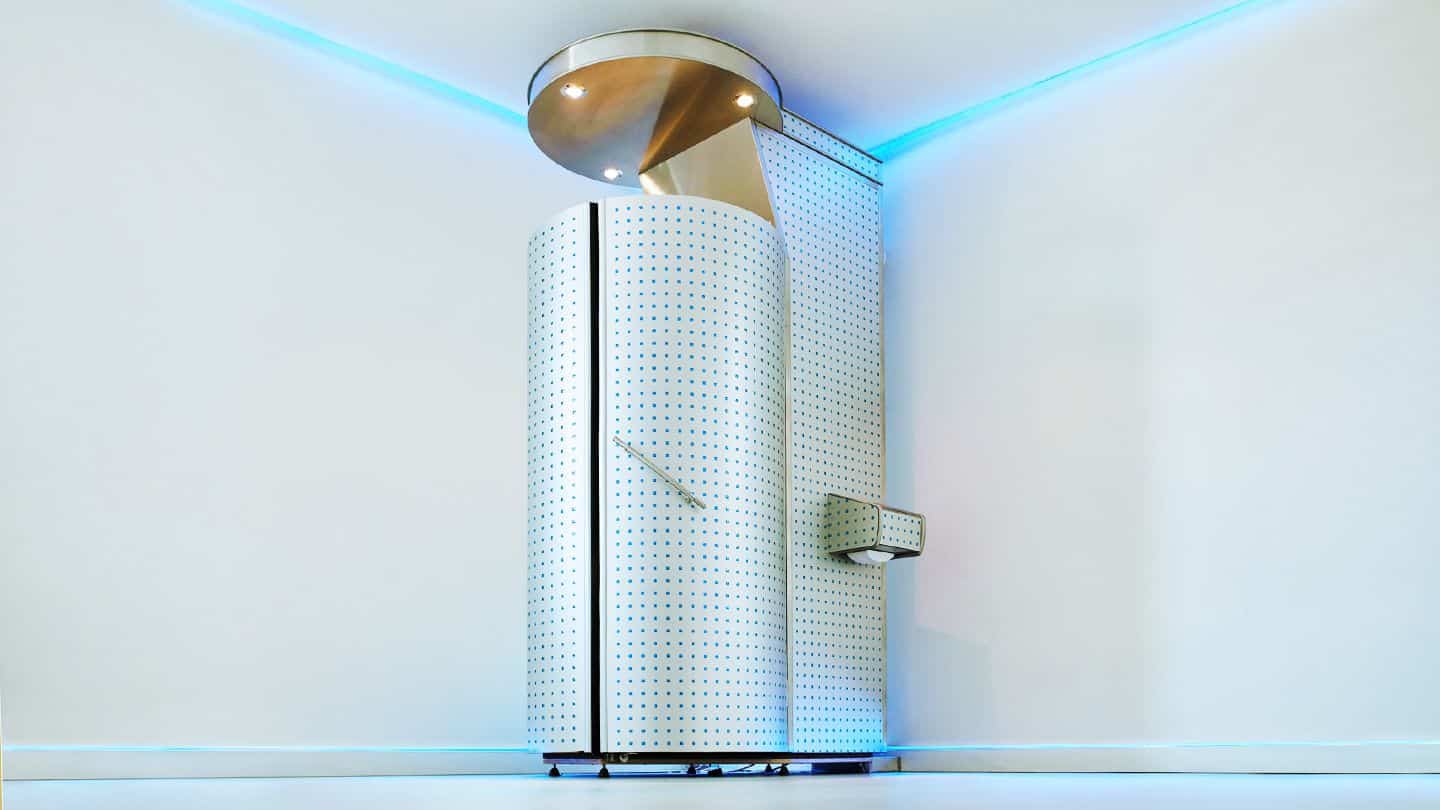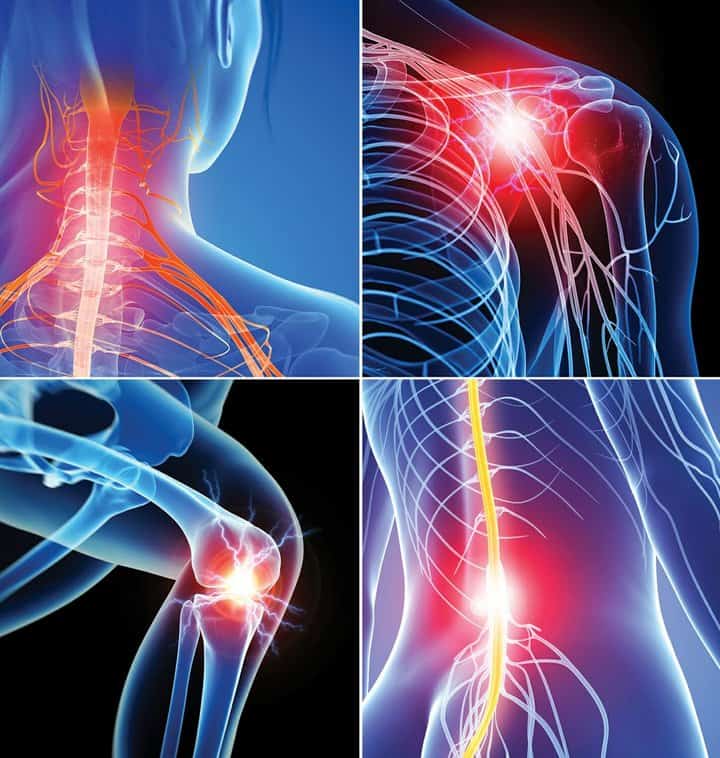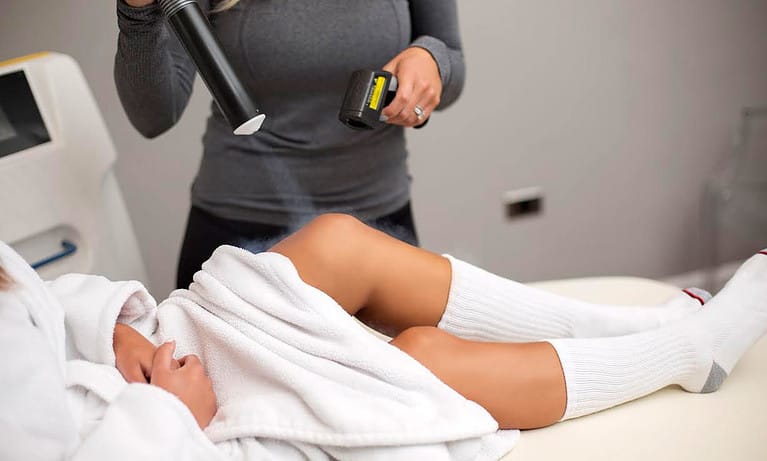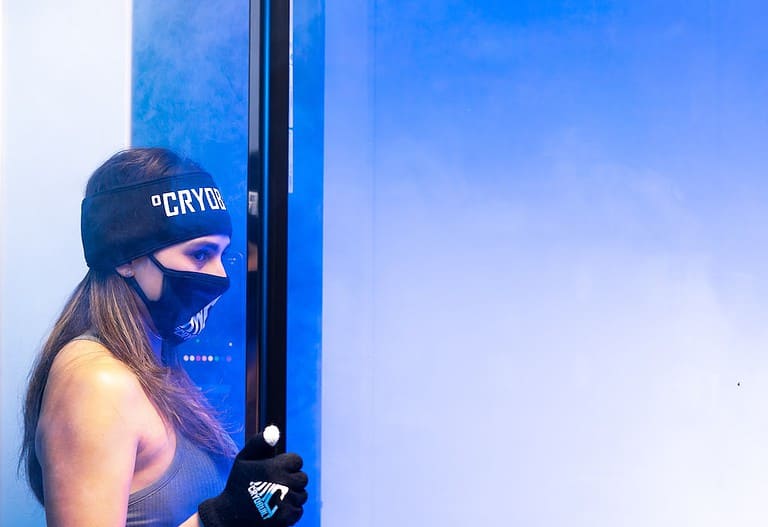Cryotherapy Results: Exploring Benefits for Modern Families
In this blog post, we will dive deep into cryotherapy results and explore how it can potentially benefit individuals from all walks of life. We’ll delve into the potential advantages of using whole-body cryostimulation for post-exercise recuperation and diminishing muscle soreness, as well as investigate how body composition may be related to localized cryotherapy or full-body cryotherapy. Pain management is another area where cold therapy has shown promise; we will examine how arthritis sufferers may get cryotherapy results.
Lastly, mental health improvement is an often-overlooked aspect when discussing cryotherapy results. We’ll delve into current research surrounding depression treatment via cold therapy techniques while acknowledging the need for further investigation in larger clinical trials. By incorporating localized or whole-body cryotherapy into comprehensive treatment plans tailored to individual needs, patients may experience significant improvements in their overall well-being.
Table of Contents
- Cryotherapy for Post-Exercise Recovery
- Cryotherapy’s Impact on Body Composition
- Pain Management through Cryotherapy
- Mental Health Improvement via Cryotherapy
- Incorporating WBC into Comprehensive Treatment Plans
- FAQs in Relation to Cryotherapy Results
- Conclusion
Cryotherapy for Post-Exercise Recovery
Whole-body cryotherapy (WBC) has been studied for its potential benefits in post-exercise recovery, specifically a greater reduction in muscle soreness and inflammation. However, repetitive treatments may hinder resistance training adaptations. It is crucial to consider the frequency and duration of WBC sessions when incorporating them into an athletic training program.
 SourceReducing Muscle Soreness with Whole-Body Cryostimulation
SourceReducing Muscle Soreness with Whole-Body Cryostimulation
Intense workouts can often lead to delayed onset muscle soreness (DOMS), which can negatively impact subsequent exercise performance. Research suggests that whole-body cryostimulation may help alleviate DOMS by decreasing inflammation and promoting faster recovery between workout sessions. Benefits of WBC include:
- Pain relief: The extreme cold exposure during a WBC session helps numb nerve endings, providing temporary pain reduction, even better than regular ice packs.
- Inflammation reduction: Cold exposure during cryotherapy reduces blood flow to the treated area, helping decrease inflammation and swelling associated with intense exercise.
- Faster recovery: The cold temperatures give pain reduction and reduce inflammation. Athletes can potentially recover more quickly from their workouts and maintain optimal performance levels throughout their training programs.
Balancing Treatment Frequency to Optimize Recovery without Hindering Progress
The difficulty of applying whole-body cryotherapy to an athlete’s post-exercise regimen lies in striking a balance between the amount and intensity of treatments, as well as physical activity. While previous studies have shown positive results on muscle recovery after single or short-term WBC sessions, another study found that excessive use of cryotherapy may impair muscle adaptations to resistance training.
To optimize the benefits of whole-body cryostimulation without compromising long-term progress, athletes should consider the following:
- Individual response: Each athlete’s response to the cold temperatures in cryotherapy will vary. It is essential to monitor individual reactions and adjust treatment frequency accordingly.
- Treatment timing: Scheduling WBC sessions immediately after intense workouts can help maximize recovery benefits while minimizing potential interference with muscle adaptation processes.
- Moderation: Overuse of any recovery modality, including cryotherapy, can be counterproductive. Incorporating a variety of recovery techniques (e.g., massage, foam rolling) alongside WBC can provide more comprehensive support for athletic performance and well-being.
Cryotherapy’s Impact on Body Composition
While whole-body cryostimulation (WBC) has gained popularity as a wellness trend, it is essential to examine the scientific evidence behind its potential effects on body composition. In this section, we will explore research findings related to cryotherapy and body fat reduction and discuss the importance of incorporating exercise and nutrition alongside WBC for optimal results.
Exploring Research on Cryotherapy and Body Fat Reduction
Some proponents of cryotherapy claim that cold exposure can help burn calories and reduce body fat. However, current research suggests that there is limited evidence supporting these claims. Most studies have focused primarily on WBC’s impact on muscle recovery or pain management rather than directly examining its effect on weight loss or changes in body composition.
A few small-scale studies have reported modest improvements in participants’ metabolic rate after undergoing WBC sessions; however, these findings are insufficient to conclude that cryotherapy alone can significantly contribute to long-term weight loss or improved physique.
Pain Management through Cryotherapy
Cryotherapy has been shown to give a significant reduction of stress and provide pain relief from acute and chronic pain symptoms, potentially making it a useful addition to existing treatment plans for those suffering long-term discomfort.
Alleviating Arthritis Pain with Regular WBC Sessions
A study found that participants who underwent regular WBC sessions experienced significant reductions in pain levels compared to those who did not receive the treatment. The improvements were maintained even after three months of follow-up assessments, suggesting long-lasting benefits from incorporating WBC into a comprehensive arthritis management plan.
In addition to reducing inflammation and providing analgesic effects, a study found cryotherapy to improve joint mobility and function among individuals with various forms of arthritis. By including regular WBC sessions as part of their routine care, people living with this condition may experience improved quality of life and greater independence in daily activities.
Combining Traditional Therapies with Cryostimulation for Optimal Results
Cryotherapy should not be considered a standalone solution for managing chronic pain but rather as an adjunct therapy alongside traditional interventions such as medication, physical therapy, and lifestyle modifications. For example:
- Medication: Nonsteroidal anti-inflammatory drugs (NSAIDs), corticosteroids, and analgesics can help manage pain and inflammation associated with arthritis or fibromyalgia. Combining these medications with WBC may provide enhanced relief.
- Physical therapy: A tailored exercise program designed by a physical therapist can improve strength, flexibility, and overall function in individuals experiencing chronic pain.
- Lifestyle modifications: Adopting a healthy diet, practicing stress management techniques such as mindfulness meditation or yoga, and getting adequate sleep are all essential components of an effective chronic pain management plan.
For optimal cryotherapy results, combine traditional therapies with cryostimulation to manage persistent pain; it is important for patients to work closely with healthcare professionals and create personalized treatment plans.
Mental Health Improvement via Cryotherapy
Recent studies have begun to explore the potential benefits of whole-body cryotherapy (WBC) in addressing mental health issues, particularly depressive symptoms. While preliminary evidence supports its use as an efficacious add-on intervention for depression, more research is needed before definitive conclusions can be drawn about its effectiveness within this context.
Cryotherapy’s Potential Role in Depression Treatment
Research has shown that WBC may help alleviate depressive symptoms by reducing inflammation and oxidative stress within the body. Inflammation is believed to be a major contributing factor in depression, with those suffering from the disorder typically exhibiting elevated levels of inflammatory markers. WBC stimulates blood circulation and promotes anti-inflammatory responses, which could potentially improve mood and overall mental well-being.
In addition to its anti-inflammatory effects, some studies suggest that cryotherapy may also increase endorphin production – natural chemicals responsible for producing happiness and euphoria. This boost in endorphins could contribute towards improved mood regulation among those undergoing regular WBC sessions as part of their treatment plan.
Incorporating WBC into Comprehensive Treatment Plans
As research continues to explore the therapeutic utility of whole-body cryotherapy, healthcare providers should remain informed regarding emerging data supporting or refuting its usage alongside existing interventions. It is essential to consider how best to incorporate WBC into comprehensive treatment plans addressing specific issues like chronic pain or depression symptomatology among diverse patient populations.
Assessing Individual Needs and Preferences for Cryostimulation Therapy
Before incorporating WBC into a personalized treatment plan, it is important to assess an individual’s specific needs and preferences. A person’s medical background, current state of health, habits, and objectives should all be taken into consideration when deciding if WBC is a suitable option. For example, someone with arthritis-related pain may find relief through regular cryostimulation sessions; however, those with Raynaud’s disease or cold urticaria should avoid this therapy due to potentially adverse effects.
Conclusion
In conclusion, cryotherapy results have been promising in various areas, such as post-exercise recovery, body composition, pain management, and mental health improvement. Whole-body cryostimulation can reduce muscle soreness after exercise, while balancing treatment frequency is crucial for optimal recovery without hindering progress. Additionally, research suggests that cryotherapy may aid in reducing body fat and alleviating arthritis pain.
Additionally, further research is needed to explore the potential of cryotherapy as a complementary therapy for depression treatment. It’s essential to assess individual needs and preferences when incorporating whole-body cryotherapy into comprehensive treatment plans and collaborating with healthcare professionals.
If you’re looking to take your health and well-being to the next level with innovative wellness solutions, look no further than Smart Living Now! Don’t wait, take the first step towards a healthier you now!








